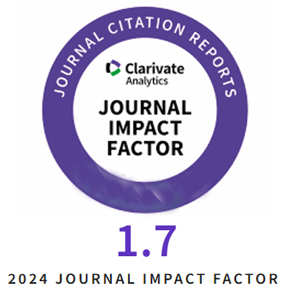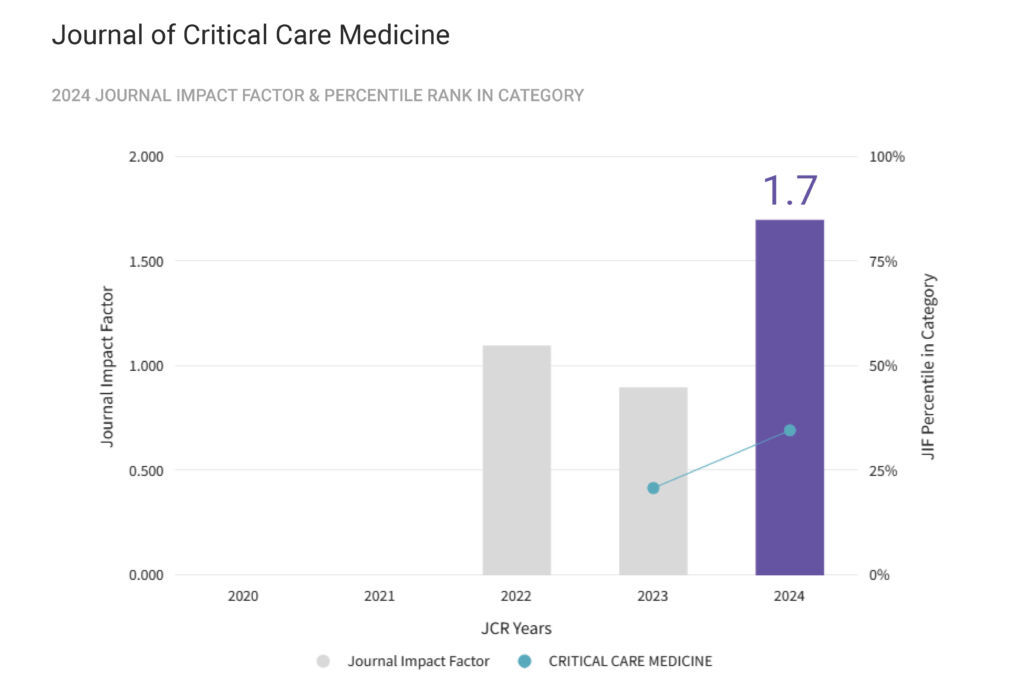Introduction: The Warburg effect is a rare but often fatal condition in patients with malignancies. This phenomenon, known as type B lactic acidosis, is defined by lactatemia without tissue hypoxia or hypoperfusion, in contrast to type A lactic acidosis, which usually results from either or both.
Case presentation: A male patient in his seventies with a newly diagnosed diffuse large B-cell lymphoma is admitted to the intensive care unit due to severe metabolic derangements with hypoglycemia and lactatemia. Extensive investigations ruled out alternative etiologies, strongly suggesting the Warburg effects as the underlying mechanism. Despite hemodynamic instability, chemotherapy was initiated and resulted in initial clinical improvement.
Conclusion: We propose a stepwise approach to improve the management of patients with suspected type B lactic acidosis.
Tag Archives: metabolic acidosis
Refractory metabolic acidosis and acute abdominal compartment syndrome following Holmium Laser Enucleation of Prostate (HoLEP)
Introduction: Holmium Laser Enucleation of the Prostate (HoLEP) is a widely used minimally invasive surgical technique for benign prostatic hyperplasia (BPH), offering advantages such as reduced bleeding, shorter hospitalization, and elimination of TURP syndrome. However, complications related to fluid absorption and capsular perforation can still occur. We report a rare case of severe refractory metabolic acidosis and acute abdominal compartment syndrome (ACS) following HoLEP.
Case Presentation: A 74-year-old male with diabetes and hypertension underwent HoLEP for a 180-ml prostate, during which 106 liters of normal saline irrigation were used over three hours. Intraoperatively, the patient developed sudden respiratory distress and hypotension, with arterial blood gas analysis revealing severe metabolic acidosis (pH 7.141, HCO₃ 11 mEq/L, Cl 115 mEq/L), primarily due to excessive saline absorption and hyperchloremia. The patient required intubation, vasopressor support, and emergency dialysis due to worsening hemodynamic instability. Postoperative imaging revealed intra-abdominal fluid collection, which was drained percutaneously. After two days of intensive ICU management, the acidosis resolved, and the patient was successfully extubated.
Conclusion: This is the first case highlighting the potential risks of normal saline absorption and the effect of capsular perforation, which caused ACS and refractory acidosis, and required CRRT due to the prolonged duration of HoLEP.










